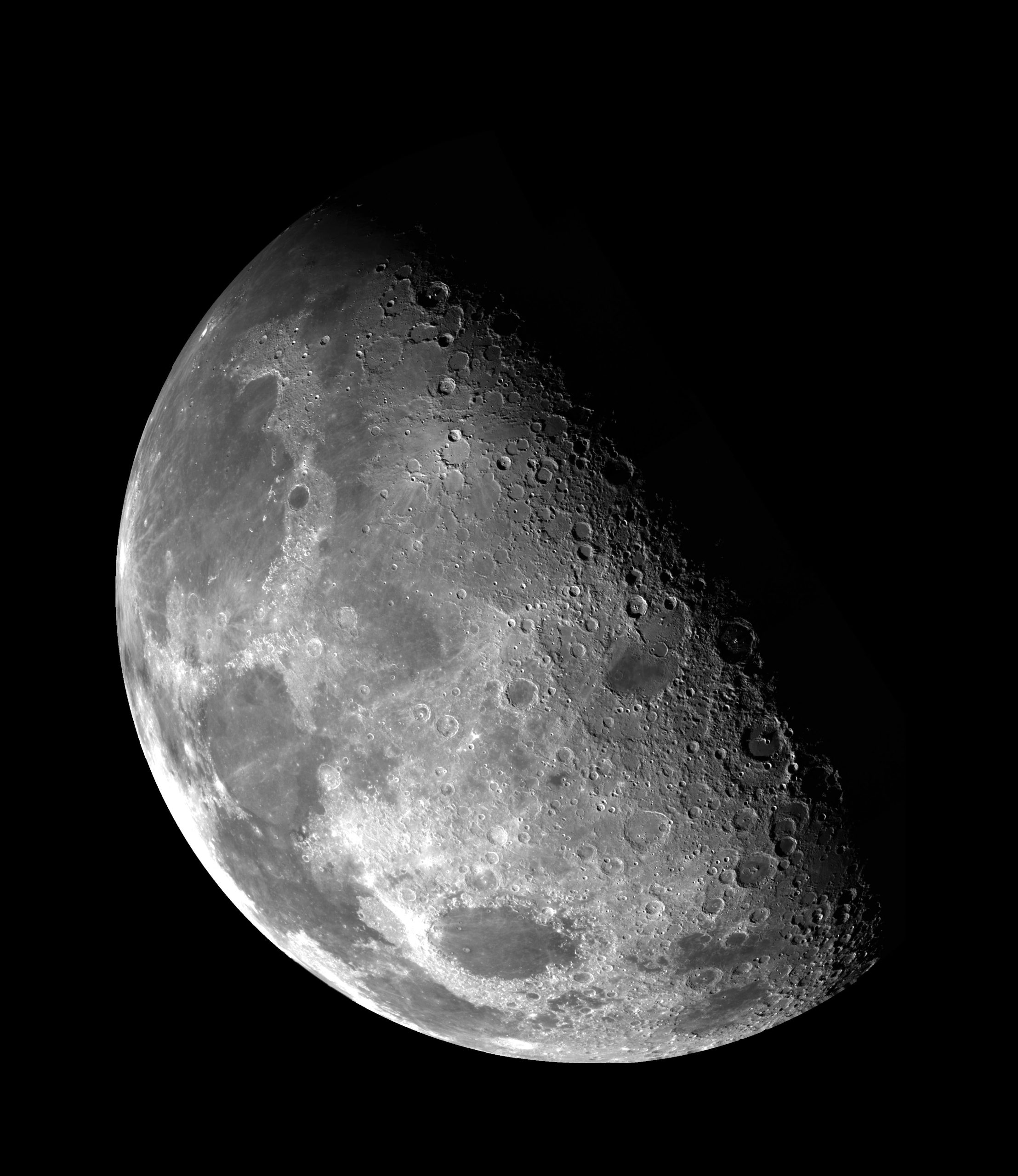Why is the Crescent Moon on the Bottom?
When we gaze up at the night sky and see the gentle crescent moon, it’s natural to wonder why it appears in the position that it does. Why is the crescent moon on the bottom? This intriguing question has captured the curiosity and imagination of many sky gazers throughout history. In this blog post, we will delve into the astronomical reasons behind the crescent moon’s orientation and explore the fascinating science behind this celestial phenomenon.
The Phases of the Moon
Before we unravel the mystery of the crescent moon’s position, let’s first understand the phases of the moon. The moon, Earth’s natural satellite, goes through a continuous cycle of changing appearances known as lunar phases. These phases result from different portions of the moon being illuminated by the Sun as viewed from Earth.
The most recognizable lunar phase is the full moon, where the entire face of the moon is illuminated, giving it a round, glowing appearance. On the opposite end of the spectrum, we have the new moon, where the side facing Earth is completely dark and not visible. Between these two extremes, we have various lunar phases, including the crescent moon.
The Crescent Moon
There are two primary types of crescent moon: waxing crescent and waning crescent. The waxing crescent moon occurs when the moon is transitioning from new moon to the first quarter phase. During this phase, a small portion of the moon is visible, resembling a thin, illuminated crescent. On the other hand, the waning crescent moon occurs as the moon approaches the new moon phase from the third quarter phase, gradually diminishing in size until only a thin sliver of illumination remains.
Now that we have a basic understanding of the phases of the moon and the crescent moon itself, let’s explore why it appears at the bottom.
Orbital Motion and Lunar Phases
To understand why the crescent moon appears at the bottom, we need to consider the moon’s orbital motion around the Earth. The moon orbits Earth in an elliptical path, completing one revolution approximately every 27.3 days.
As the moon orbits our planet, both the moon and Earth also orbit the Sun. This complex dance of orbital motion affects the positions of the moon and the Sun in the sky from our perspective on Earth, resulting in the different phases of the moon.
During the waxing crescent phase, the moon is positioned between the Sun and Earth, with the illuminated side facing away from the Sun. From our vantage point on Earth, this creates the appearance of a crescent moon with the illuminated side on the right side and the dark side on the left side.
As the moon progresses through its orbit, the illuminated portion gradually shifts towards the right as we move from the waxing crescent phase to the first quarter phase. This shifting of illumination is due to the moon’s orbital motion and the changing angle between the Sun, Earth, and moon.
Eventually, when the moon reaches the first quarter phase, the illuminated side is now on the right half of the moon, creating a half-moon appearance with the right side illuminated and the left side dark. Similarly, the waxing gibbous and full moon phases follow in sequence as the illuminated portion continues to shift towards the right.
During the waning phases, including the waning crescent, the moon’s orbital motion causes the illuminated portion to gradually shift towards the left side of the moon. This creates the appearance of a crescent moon with the illuminated side on the left and the dark side on the right when we reach the waning crescent phase.
Diagram: Phases of the Moon
| Phase | Description |
|---|---|
| New Moon | Entirely dark |
| Waxing Crescent | Right side crescent |
| First Quarter | Right half illuminated |
| Waxing Gibbous | Mostly illuminated but not full |
| Full Moon | Completely illuminated |
| Waning Gibbous | Mostly illuminated but not full |
| Last Quarter | Left half illuminated |
| Waning Crescent | Left side crescent |
As the moon continues its orbit and approaches the new moon phase once again, the crescent moon maintains its position on the bottom but now with the illuminated side on the left side, instead of the right side as observed during the waxing crescent phase.
Conclusion
The positioning of the crescent moon, with its illuminated side on the bottom, is a result of the moon’s orbital motion and the changing angles between the Earth, moon, and Sun. As the moon shifts through its various phases, the illuminated portion appears to move across the moon’s surface, resulting in the characteristic crescent shape at the bottom.
Understanding the science behind the crescent moon’s position not only enhances our appreciation of the celestial wonders above but also offers a glimpse into the interconnected dance of celestial bodies within our vast universe.
So, next time you gaze up at the night sky and catch sight of the crescent moon, remember the intricate cosmic ballet that allows it to grace our view with its captivating beauty.
Table of Contents
